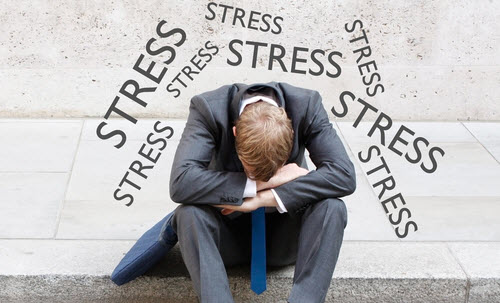
 Stress can be exhausting, both physically and mentally. There have bee times in my career when I’ve felt the weight of stress at a level that was extremely difficult to manage. While these times were challenging, this is when I experienced the greatest amount of professional growth. For example, about 5 years ago, I was tasked with building a team that would re-launch our companies website with fully enabled ecommerce functionality; this was overwhelming and very stressful. I was forced to step back and prioritize all aspects of the situation. Ultimately, the project was successful but it came at a great deal of stress to me. But, because I was given this stretch assignment, I grew tremendously and my career elevated very quickly.
Stress can be exhausting, both physically and mentally. There have bee times in my career when I’ve felt the weight of stress at a level that was extremely difficult to manage. While these times were challenging, this is when I experienced the greatest amount of professional growth. For example, about 5 years ago, I was tasked with building a team that would re-launch our companies website with fully enabled ecommerce functionality; this was overwhelming and very stressful. I was forced to step back and prioritize all aspects of the situation. Ultimately, the project was successful but it came at a great deal of stress to me. But, because I was given this stretch assignment, I grew tremendously and my career elevated very quickly.- Holding environment: This is a way for managers to push out the work at the right time. Not all work can have the same priority level; this strategy allows the leader to introduce work at a pace that will allow the teams to manage the stress levels (Heifetz & Laurie, 1997).
- Presence and poise: As a leader introduces stress to a team, they too will take on stress. The leader must maintain their presence and poise by keeping their anxiety to a minimum and by maintaining a strong emotional capacity (Heifetz & Laurie, 1997).
As leaders, we must find the appropriate level of stress for our teams. We must maintain our compassion and our ability to listen (Niţă, 2015); these skills will allow us to understand the level of stress that the team is feeling. But, we must also maintain the appropriate level of inspiration and motivation for our teams, consistently challenge them to move to the next level.
